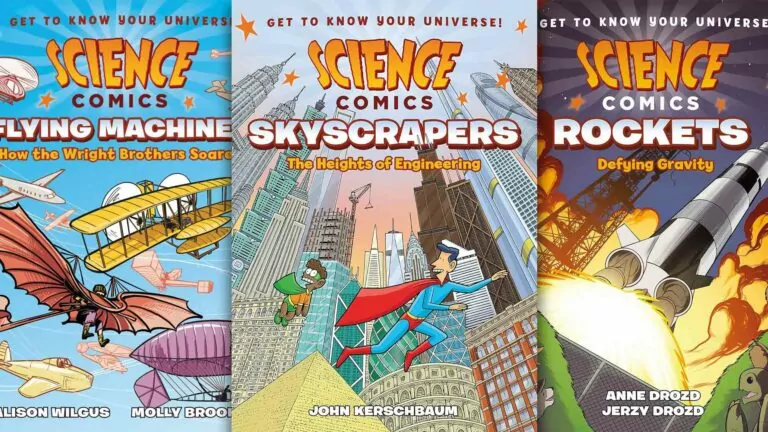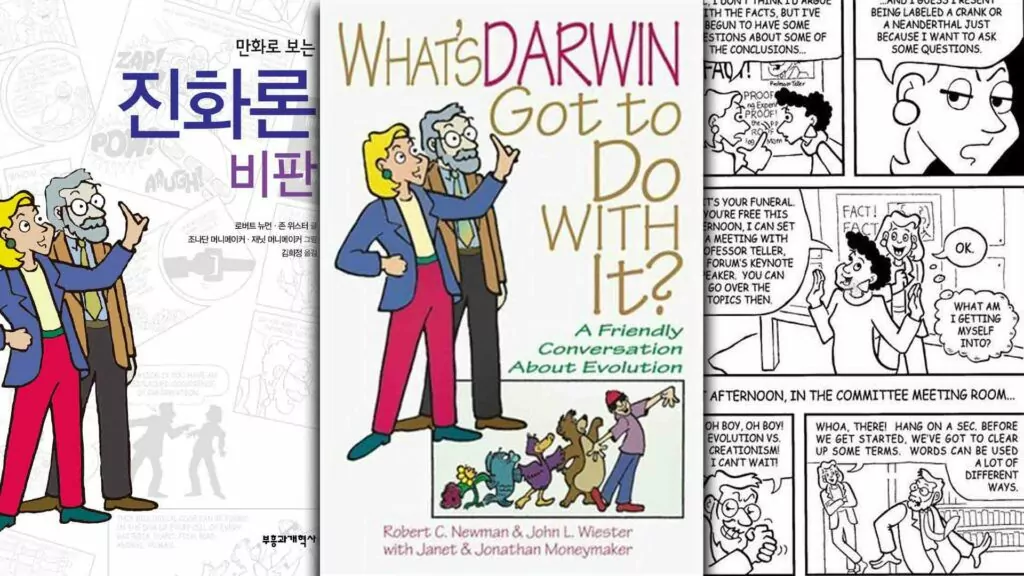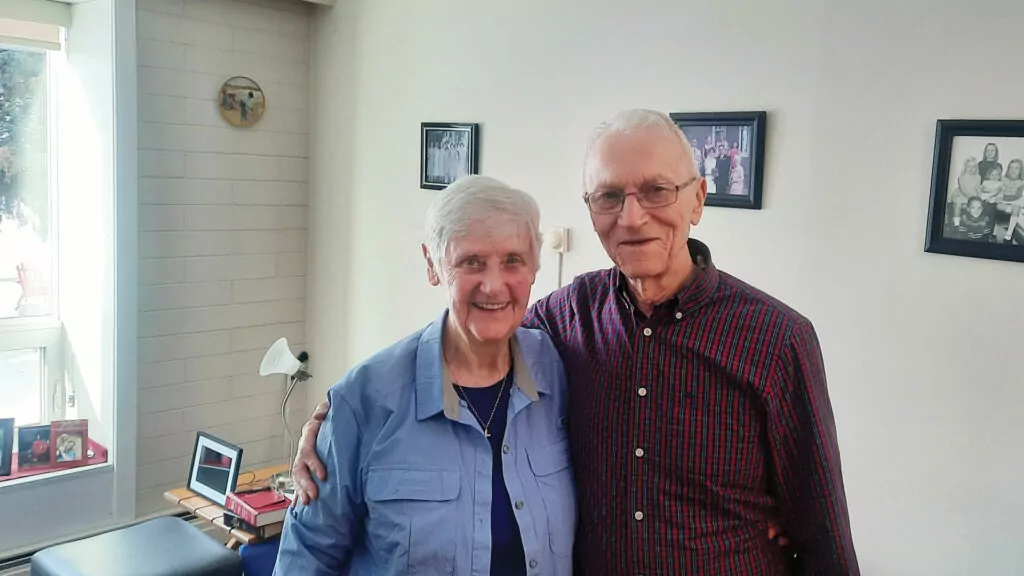Comics that are hilarious and instructive? That’s impressive!
What’s less impressive about this “Science Comics” series, is that quite a few of the titles give a nod, or a full-on bow, to evolution, and others push climate catastrophism. For materials intended for kids, that’s a good reason to give them a skip. But the quartet reviewed below are the exception, and just give us the facts and history and hilarity.
So, two thumbs up for these four, but be aware that others in the series are not always as praiseworthy.
Flying Machines: How the Wright Brothers Soared
by A. Wilgus & Molly Brooks
122 pages / 2017
This is the history of powered aviation as told by the Wright brothers’ only sister, Katherine. She’s a lively and curious narrator, interacting with not only her brothers but other early aviation innovators as well. While this is history, as part of the “Science Comics” series, it digs deep into the science of how flight works, which makes this a comic even an adult could appreciate… though it is probably aimed at Grade 4 and up.
Skyscrapers: The Heights of Engineering
by John Kerschbaum
128 pages / 2019
This is as funny as it is educational. The narrator is a flying superhero, and while he is never named, his red cape and boots and his blue full-body long johns sure look familiar. He’s also able to leap over tall buildings in a single bound… except that he just tripped over the tip of a new, really, really tall one. Boy, are they building them big these days!
When his sort-of sidekick Quiz Kid show up, the two travel to and fro through time to find out how we learned to build up up and away! They get into why arches work, and how they distribute forces, the tensile and comprehension forces on stone, how concrete is made, and what technological leaps were made that’ll allow us to build a mile high.
What makes this such a fun read is the comic duo: “superman” playing the straight man, and the Quiz Kid his foil. The only cautions would be a “Holy holes” utterance by Quiz Kid about how deep a foundation was.
Rockets: Defying Gravity
by Anne Drozd and Jerzy Drozd
120 pages / 2018
The comedians this time are all sorts of animals – pigeons, chickens, sheep, monkeys and even bears – who were the test subjects that served as the very first astronauts. There is a lot of science in this one, to the point that I’m not sure I understood it all. But I enjoyed it all!
We’re taken back in time, to meet Isaac Newton and get introduced to his three laws of motion. Then we’re shown how those laws were in play with man’s firsts attempts at flight, via balloons. We also get to meet some of the animals that were the first passengers. The animals, including a very enthusiastic bear, take us traveling around the world, to China and Europe, to see how rockets were used for both warfare and entertainment. We repeatedly pop back to the near present, watching the space race between the USSR and USA. Then the whole thing finishes off with some of the developments being made in private rocketeering today, by Elon Musk and others.
There is so much packed into this one that I could see teens reading it again and again. There is a “dang” or two, but no other cautions. The sheer intensity of education on offer here means this is probably best for teens and up.
Bridges: Engineering Masterpieces
by Dan Zettwoch
122 pages / 2022
A quartet narrates this look at bridges all over the world. Each has their favorite type: Bea likes beams, Archie favors arch bridges, Trudy prefers triangles, and the youngest of them all and still a student, Spence likes suspension bridges. We are also introduced to the different loads that engineers have to consider, and the different forces they have to contend with, including compression, tension, torsion, and shear. This quartet also challenges readers to have a bridge-building contest at their school to experiment with what bridge types might be best.
The only cautions? A passing mention of millions of years, and a bridge early on that, legend says, was built by the Devil to give himself a place to sunbathe. That’s it.















